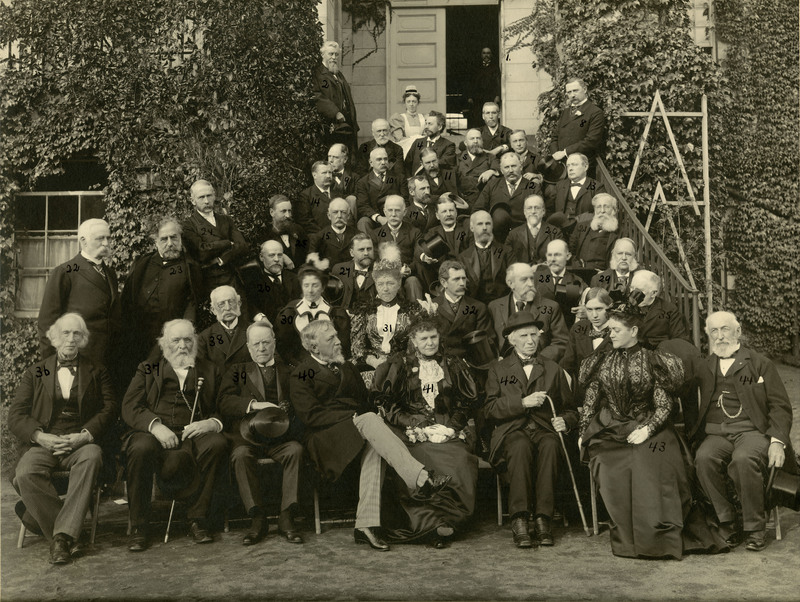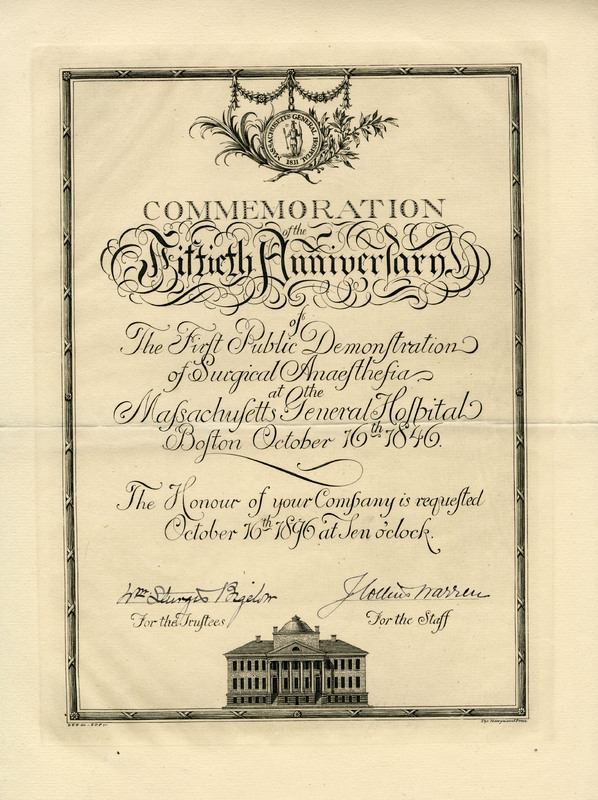The Monument to E(i)ther
While the events of October 1846—the operation on Gilbert Abbott and the administration of ether for anesthesia during surgery—are well documented, the fundamental question still is unanswered: who can really take credit for the anesthesia discovery? Charles T. Jackson made the suggestion of using sulphuric ether to W. T. G. Morton who then successfully demonstrated its utility. Horace Wells appears to have independently conceived the idea of using an anesthetic agent in surgery but failed in his demonstration of its use. Crawford W. Long may well have employed an anesthetic before either Morton or Wells but neglected to develop or promote the idea.
In the 19th century, the various claimants all had their supporters and adherents with conflicting opinions, and even today the situation can still be summed up as Oliver Wendell Holmes did when asked in 1868 who was deserving of a commemorative statue: “Perfectly simple,” said he. “One pedestal! Two statues! Morton here! Jackson there! Underneath the simple inscription, ‘To Ether!’”


